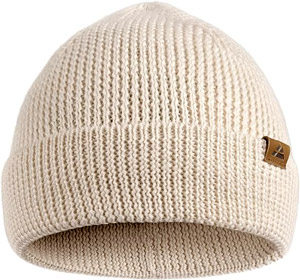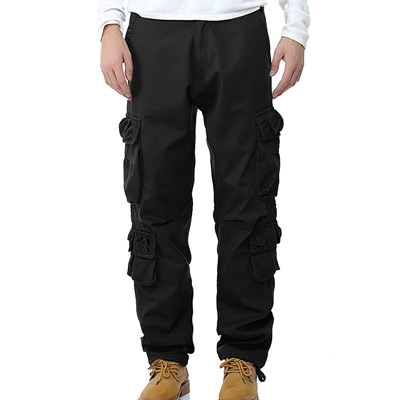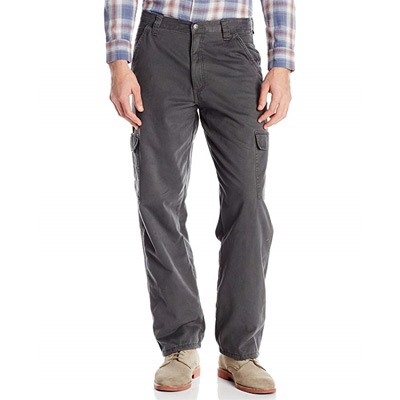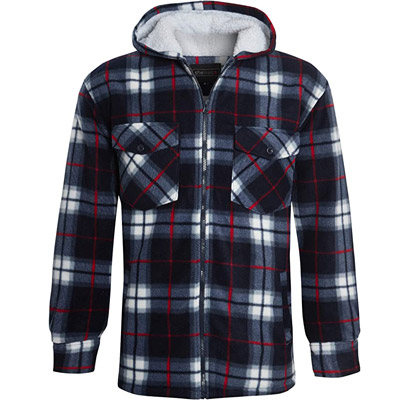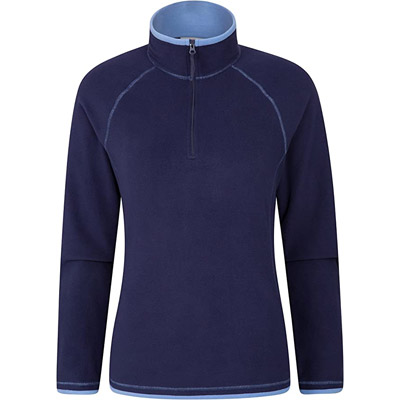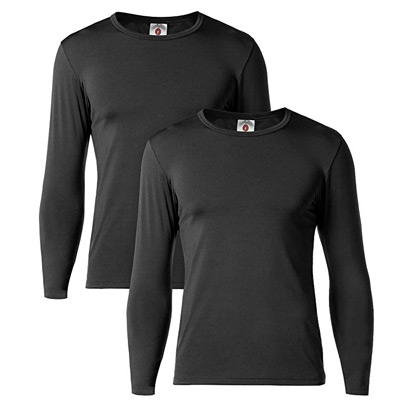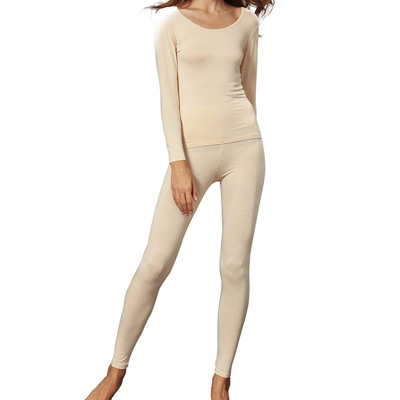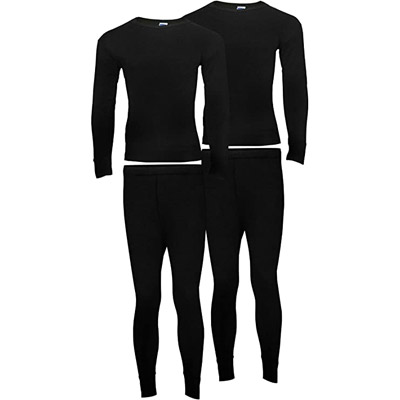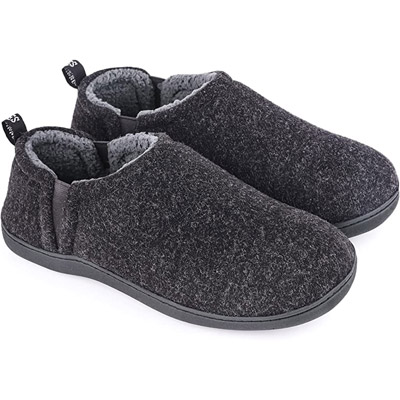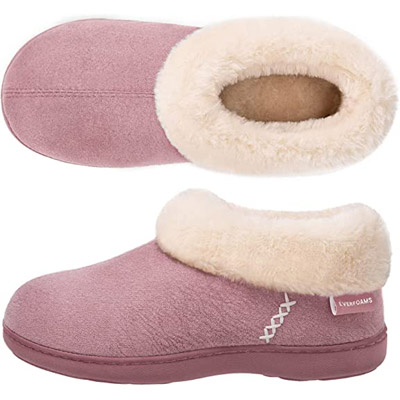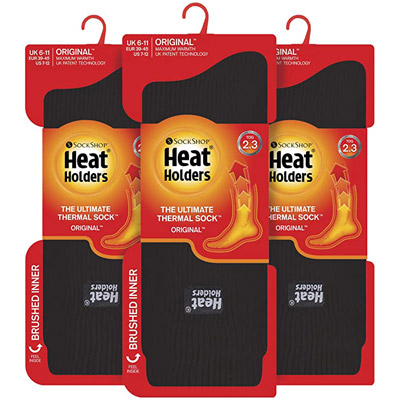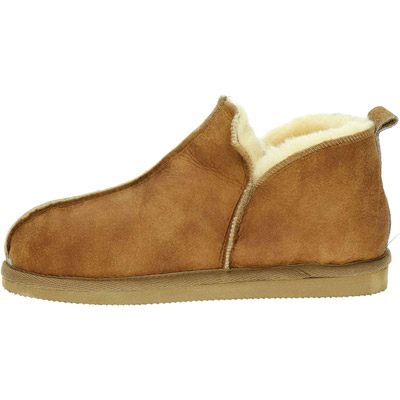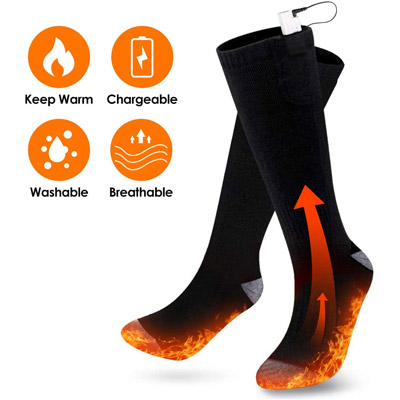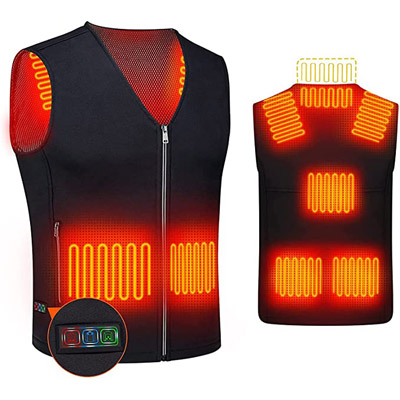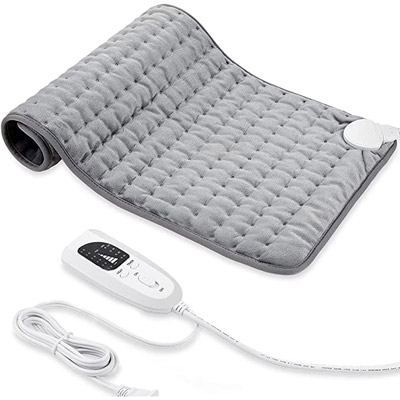Clothing to Keep You Warm at Home
High fuel bills may mean heating the whole home may not be an option. A more affordable solution is to focus on keeping yourself warm in cooler rooms, we have some tips on how to do this while remaining mobile.
Insulate and Layer - Cover the upper and lower body with similar levels of clothing, all too typically the upper part is insulated much better than the bottom, 2-3 top layers v a single pair of thin trousers, leggings or tights. More than one layer traps warmth between as well as within layers.
Choose warmer fabrics - Putting more clothes on makes you warmer but also can make you feel a bit constricted, if you choose the right materials you'll need thinner layers and fewer of them.
Keep your feet warm - Sometimes it's about insulating the feet, sometimes it's about the whole body too.
Heated clothing - Rather than warm up the whole room, just warm up yourself.
|
Insulate and Layer Bottoms: Step one is to get some winter trousers which are the warmest solution compared to skirts or dresses. These should be of a substantial weight of soft material. Denim is not the best choice, though better if soft and much more so if fleece lined. Jogging trousers are a reasonable choice though tend to be loose and not have a very dense weave. 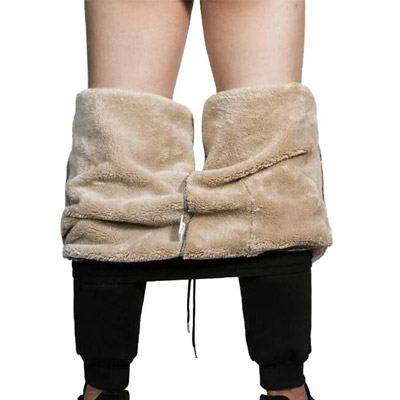 Women's - Winter Fleece Lined Stretchy Jeggings (better worn in the "up" position) The effectiveness of your usual winter indoor clothes can be improved by layering and choice of insulating materials. Two thinner garments instead of a single thicker one trap warm air trap (the real insulator, between as well as within layers, so two 100g/m2 material weight garments would be warmer than a single one of 200g/m2, they are also more versatile taking off or putting on layers to fine-tune your comfort level. Warm clothes should be fairly close fitting, not baggy so to avoid warmed air being pumped in and out with movement and not tight so as to allow a small insulating air layer between the skin and outer layer, very tight clothes can also constrict blood flow making you colder. The only exception is thermal underwear which should be close fitting to the skin with another layer on top, it is best if the outer layer is not close fitting. Tops: Start with a long-sleeved thermal top, they can be outer wear if it gets warmer and an extra layer can be thrown over it when answering the door or popping out where you'll be seen. After this the choice is of course virtually endless and it largely comes down to personal preference, sleeves with buttons, neck zips or fully fastenable fronts give a flexibility to fine-tune your comfort level as temperature or activity level changes. If you feel the cold particularly a good next step is thermal underwear, go for synthetics or fine merino wool (the gold standard but more expensive), cotton is not a good as it doesn't wick away perspiration and can become clammy. |
|
Choose Warmer Fabrics The main thing to remember here is that cotton is not a serious insulation layer. Brushed cotton or cotton fleece can be used for over shirts and trousers such as lined jeans, moleskin and corduroy as the fleece traps more air, the fabric is soft and conforms to the body and has a dense weave meaning that air doesn't flow though it easily. As an insulating layer though cotton performs poorly and there are several better alternatives. Wool - Real wool is a natural product designed to keep sheep warm in the cold and wet and so is an excellent material to make warm clothing from. It's not the cheapest material, merino wool is premium for performance and price often used for thermal underwear where it also has natural anti-bacterial properties. More usually wool is used as a mid or outer insulating layer. Fleece - A word that can refer to a brushed finish on the inside of garments or specifically to thermal polyester fabrics often made into pullovers, jackets, hats and gloves etc. It makes for very effective mid layer insulation in lighter and thinner weights and for jackets in heavier weights. A good choice, often very affordable, hardwearing and durable. Polyester (knitted rather than as fleece) - used for thermal underwear for its wicking and insulating properties, warm and comfortable next to the skin, polypropylene is used similarly. Acrylic - A wool-like synthetic often used knitted for jumpers, hats etc. Good insulating properties but less so than the wool equivalent and often bulky, hard wearing and affordable. |
|
How to keep your feet
warm You will rarely get cold feet in isolation, cold feet are an indicator of a lack of overall body warmth. The body's response to losing too much warmth is to cool down the extremities, like turning down radiators in less used rooms if the boiler can't cope so the main rooms are still kept warm. So the first thing to do is to make sure you are wearing enough clothes overall to keep you warm, putting thick socks on with bare legs isn't going to warm your feet up properly. Socks and slippers More so than warm
socks you should be wearing
slippers in the house
to keep your feet warm. You will be in direct
contact with the floor through your feet
so non-compressible insulation
is needed between your feet and the floor which will
be the coldest part of the room. Socks won't be
enough to do this and will squash down, slippers will
insulate you from the floor and can
do so fairly cheaply.
Real sheepskin slippers are a delight, warm, cosy and
comfortable though not a budget option. Along with your slippers a pair of warm socks will make a big difference as they cover the ankles, watch out for what they are made of. Wool is the best material for warmth and merino wool is premium. Acrylic, a knitted synthetic and a good budget choice. Cotton, the worst choice for a winter sock, not a good heat retainer and doesn't wick moisture well. |
|
Heated Clothing Another way of keeping warm indoors if you don't want to wear many layers of clothing is to warm yourself rather than the whole room up with heated clothing, blankets or pads. While electric blankets have been around for many years, battery powered wearable heated garments are a more recent invention. They are not connected to the mains after being charged up so you are free to move about freely. 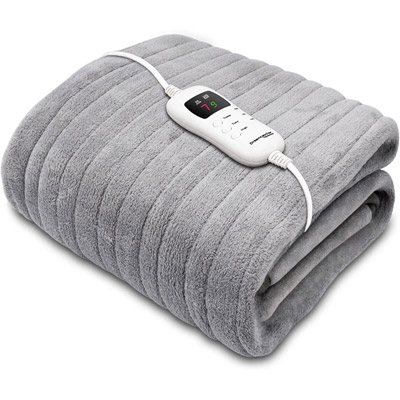 Dreamcatcher Electric Heated Throw Blanket Machine Washable Soft Fleece with Timer and 9 Heat Settings |

